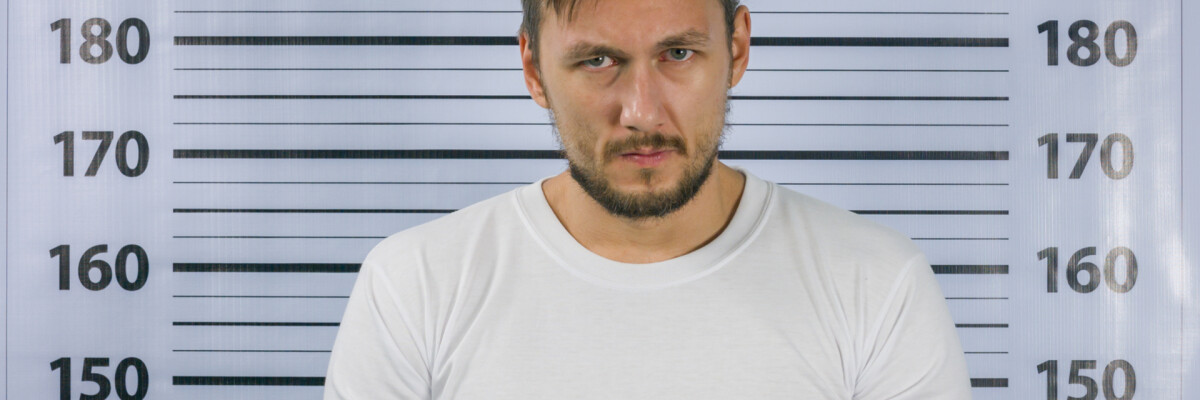They have achieved this by using new computer software developed to create virtual images of suspects.
You are familiar with this famous scene in so many films where a victim identifies the perpetrator whilst looking through a glass window at suspects in a police line-up. In real life, police frequently use photographs to identify suspects. Still, this method can be unreliable because the victim often sees the offender from only one angle. The victim is usually shown a photo taken from a completely different angle. Therefore, the University of Birmingham has been developing computer software that creates 3D images of suspects for a virtual line-up. Additionally, the images can also be rotated in several different directions, thereby reducing any possibility of error.
To start testing the software, scientists invited three thousand volunteers and divided them into several groups. First, they were all shown a video of the same robbery. However, it was filmed using different camera angles. After this, the volunteers were asked to identify the robber from a photo. Then, just a few of them were presented with a full-frontal mugshot. Finally, the last group of volunteers were allowed to look at images from the new software. As you might imagine, volunteers who could take advantage of the latest software features had the most success.
By changing the settings, they were able to find an appropriate angle in the video recording, which increased the overall success rate. Now, scientists are considering how they can improve this promising new technology.
Share this with your friends!





Be the first to comment
Please log in to comment